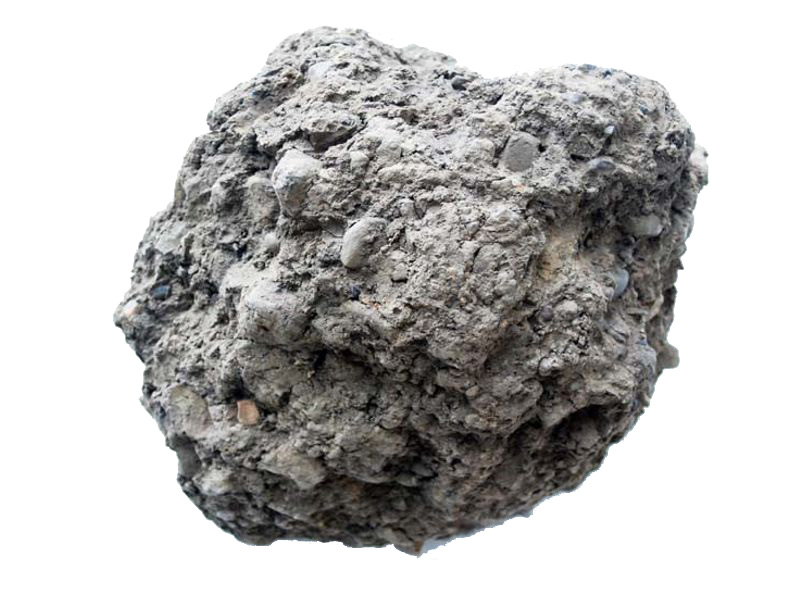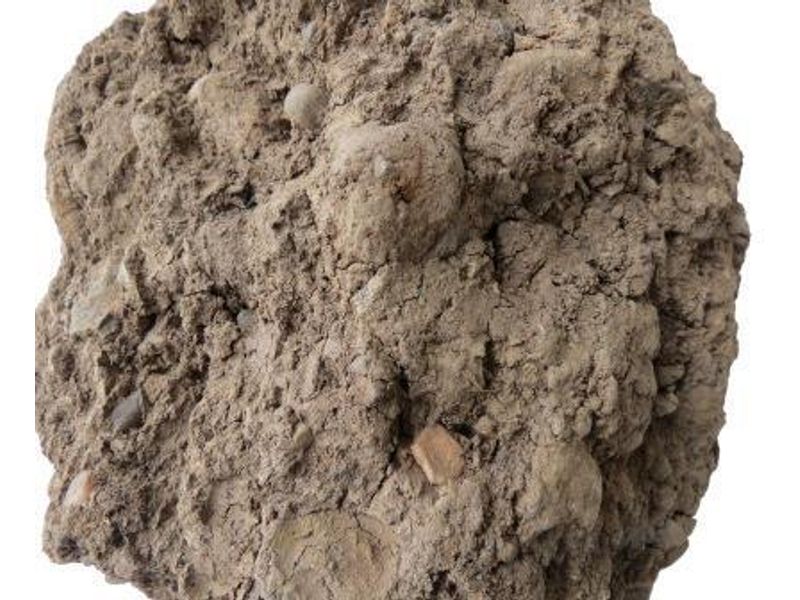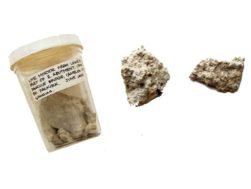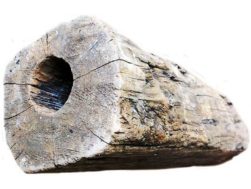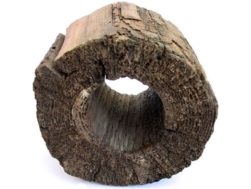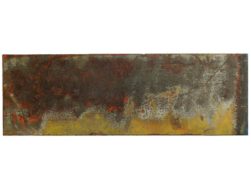Description
Sample of boulder clay used during the original construction to infill the spandrel. Removed from the Laigh Milton Viaduct on the Kilmarnock & Troon Railway during its restoration in 1995. The use of clay for this purpose was one of the factors which led to the generally poor state of the viaduct. This highlights that the design of the viaduct followed the normal late 18th rather than the best early 19th century practice in which an improved hollow form with longitudinal cross-tied walls which by 1809 were being adopted increasingly by Telford and others. The clay was replaced by concrete during the restoration works.
This object was found during the Laigh Milton Viaduct Conservation Project (1995-1996). The viaduct, believed to be the world’s oldest on a public railway, was the work of leading civil engineer William Jessop. The double-track, horse-operated railway was opened in 1812, mainly for the export of coal, although it soon carried passengers. In 1816 it was the first railway in Scotland to operate with a Stephenson steam locomotive; nine years before the Stockton & Darlington.
Numerous significant railway relics were found during the restoration and this is just one of a number of them donated to ICE Scotland Museum.
For a detailed description of the conservation works click here.
Professor Roland Paxton wrote a paper for the Journal Historical Studies in Civil Engineering of the Japan Society of Civil Engineers. To read the paper click here.
For a general description and images of early cast iron plate railways see https://tringlocalhistory.org.uk/Railway/c03_track.htm.
For a film of the restoration works click here.
For an article on the history of the Kilmarnock & Troon Railway written by John Yellowlees in the Scotsman newspaper (dated 25 August 2022) click here.

